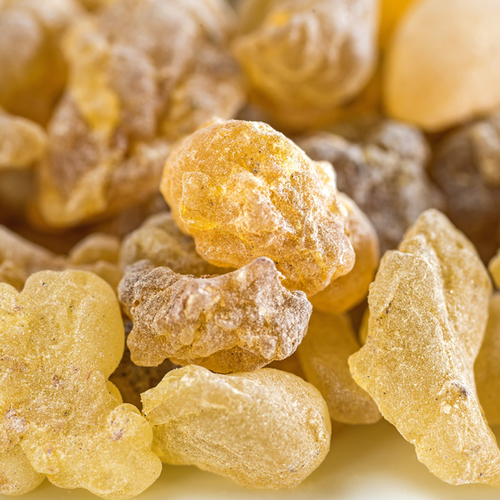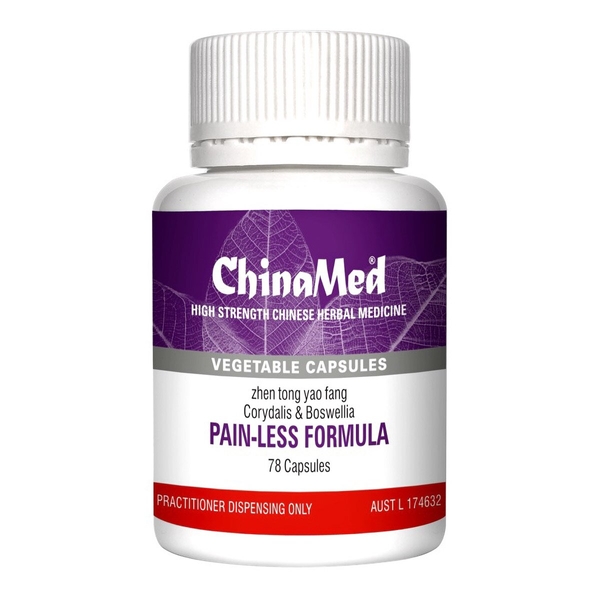
Frankincense
Scientific names: Boswellia species
Family: Burseraceae
Alternate names: Arbre à Encens, Bible Frankincense, Boswellie, Encens, Incense, Kondor, Kundur, Oleo-gum-resin, Oléo-Gomme-Résine, Oliban, Olibanum, Resina Boswelliae, Ru Xiang, Ru Xiang Shu
Background
Frankincense is a hardened gum-like material (resin) that comes from the trunk of the Boswellia tree. People use its oil on the skin and in aromatherapy.
Frankincense oil seems to kill some types of bacteria and fungi (yeasts). It is commonly used as a fragrance in soaps, lotions, and perfumes.
People use frankincense for aging skin, wound healing, and many other conditions, but there is no good scientific evidence to support any use. There is also no good evidence to support using frankincense for COVID-19.
Boswellia tree extracts are also sometimes taken by mouth. For information on taking frankincense by mouth, see Boswellia serrata.
Frankincense oil seems to kill some types of bacteria and fungi (yeasts). It is commonly used as a fragrance in soaps, lotions, and perfumes.
People use frankincense for aging skin, wound healing, and many other conditions, but there is no good scientific evidence to support any use. There is also no good evidence to support using frankincense for COVID-19.
Boswellia tree extracts are also sometimes taken by mouth. For information on taking frankincense by mouth, see Boswellia serrata.
Safety Safety definitions
When applied to the skin: Frankincense essential oil or gum extract is possibly safe. It might cause skin irritation in some people.
When inhaled: Frankincense essential oil is possibly safe. There isn't enough reliable information to know what the side effects might be.
For information on the safety of taking frankincense by mouth, see Boswellia serrata.
When inhaled: Frankincense essential oil is possibly safe. There isn't enough reliable information to know what the side effects might be.
For information on the safety of taking frankincense by mouth, see Boswellia serrata.
Special Precautions & Warnings:
Pregnancy and breast-feeding: There isn't enough reliable information to know if frankincense is safe to use when pregnant or breast-feeding. Stay on the safe side and avoid use.Effectiveness
Effective Effectiveness definitions
There is interest in using frankincense for a number of purposes, but there isn't enough reliable information to say whether it might be helpful.
Dosing & administration
Frankincense is used in soaps, lotions, and perfumes. It's also used as aromatherapy. There isn't enough reliable information to know what an appropriate dose of frankincense might be. Keep in mind that natural products are not always necessarily safe and dosages can be important. Be sure to follow relevant directions on product labels and consult a healthcare professional before using.
For information on taking frankincense by mouth, see Boswellia serrata.
For information on taking frankincense by mouth, see Boswellia serrata.
Interactions with pharmaceuticals
It is not known if Frankincense interacts with any medicines. Before taking Frankincense, talk with your healthcare professional if you take any medications.
Interactions with herbs & supplements
There are no known interactions with herbs and supplements.
Interactions with foods
There are no known interactions with foods.
Products
View all productsPractitioner product
Per capsule:
- Boswellia carterii (Ru Xiang) ext. 11.31 mg
- Paeonia lactiflora ext. 18.84 mg
- Angelica polymorpha ext. 18.84 mg
- Daemonorops draco ext. 11.31 mg
- Drynaria fortunei ext. 11.31 mg
- Dipsacus asper ext. 11.31 mg
- Prunus persica ext. 11.31 mg
- Commiphora myrrha ext. 11.31 mg
- Sparganium stoloniferum ext. 11.31 mg
- Curcuma zedoaria ext. 11.31 mg
- Paeonia suffruticosa ext. 11.31 mg
- Saposhnikovia divaricata ext. 11.31 mg
- Citrus aurantium ext. 11.31 mg
- Curcuma longa ext. 11.31 mg
- Platycodon grandiflorus ext. 11.31 mg
- Panax notoginseng ext. 7.53 mg
- Glycyrrhiza uralensis ext. 6.27 mg
- Carthamus tinctorius ext. 11.31 mg
- Corydalis turtschaninovii ext. 18.84 mg
- Cyathula officinalis ext. 15.06 mg
- Paeonia veitchii ext. 18.84 mg
- Salvia miltiorrhiza ext. 18.84 mg
- Siphonestegia chinesis ext. 11.31 mg
Practitioner product
vital.ly has licensed monographs from TRC Healthcare.
This monograph was last reviewed on 17/06/2024 10:00:00 and last updated on 11/11/2020 02:22:53. Monographs are reviewed and/or updated multiple times per month and at least once per year.
Natural Medicines disclaims any responsibility related to medical consequences of using any medical product. Effort is made to ensure that the information contained in this monograph is accurate at the time it was published. Consumers and medical professionals who consult this monograph are cautioned that any medical or product related decision is the sole responsibility of the consumer and/or the health care professional. A legal License Agreement sets limitations on downloading, storing, or printing content from this Database. No reproduction of this monograph or any content from this Database is permitted without written permission from the publisher. It is unlawful to download, store, or distribute content from this site.






